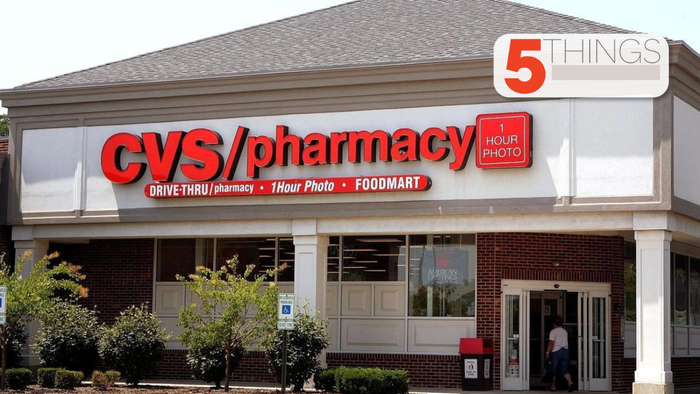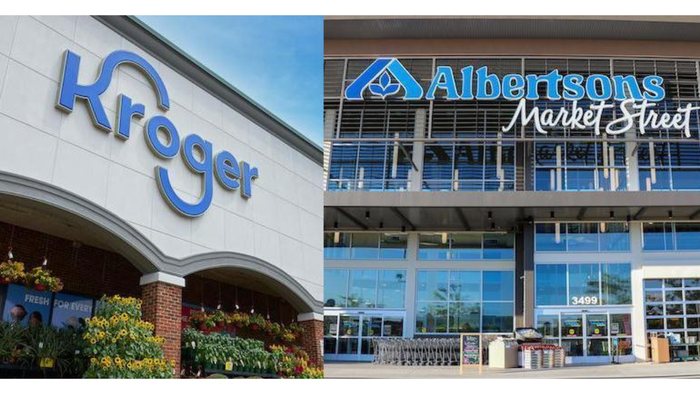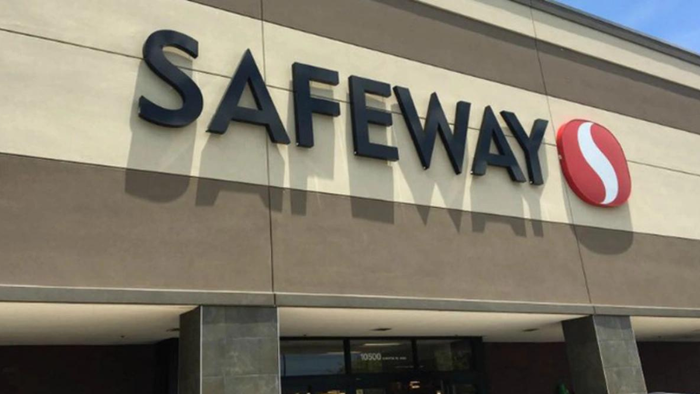Mandatory Meat Labeling Benefits Retailers
Months after implementation, many retailers see the USDA mandatory nutrition labeling as a definite plus.
August 20, 2012
Implementing mandatory nutrition labeling in the meat department was not a big deal, and it provides a good service to customers, retailers told SN.
This spring, the U.S. Department of Agriculture’s Food Safety and Inspection Service mandated on-pack nutrition labeling on ground meat, and either on-pack labeling or posters carrying nutrition information for 40 of the most popular whole muscle cuts. Meat products that include a lean percentage statement now must include a fat percentage as well.
Some retailers have exceeded the requirements by making the nutrition information available on additional venues such as their websites, Facebook pages and Twitter accounts.
 Festival Foods, Onalaska, Wis., has even added QR codes for smartphone scanning on product signs in the meat case. That’s in addition to on-pack labeling.
Festival Foods, Onalaska, Wis., has even added QR codes for smartphone scanning on product signs in the meat case. That’s in addition to on-pack labeling.
“We believe any new information is good for the consumer,” said registered dietitian Stephanie Schultz, the 16-unit independent’s health and wellness director. “We were ready to go by the original deadline in January,” she said, referring to the USDA’s original deadline of Jan. 1. Later, USDA extended the deadline for compliance to March 1.
Retailers, too, have said that as customers become aware of the information, it could be a factor in driving sales.
SN Photo Gallery: Meat Labeling Now
Consumers are reading labels more diligently these days, and why not in the meat department? It may take them awhile to realize the info is actually there, but such colorful posters as one offered by the Food Marketing Institute have been designed to attract their attention.
Some retailers, Riesbeck’s Food Markets, St. Clairsville, Ohio, among them, have opted to use the colorful FMI poster to give customers nutrition information about whole muscle cuts of meat. Others have programmed their scales so they can offer the info on-pack.
'Positive Comments' From Shoppers
“We get positive comments from some people who appreciate what we’re doing to make the information available. And I think people who care will come to us to buy their meat,” John Gerlach, meat buyer and supervisor at three-unit Stauffers of Kissel Hill, Lititz, Pa., told SN.
Stauffers has chosen to use on-pack labeling for all its cuts of meat, not just those required by the USDA.
“We’d already had developed a system that can handle the information, so why not? We’re going ahead and doing things we don’t need to do at this point so we’ll be ready if there are new rules,” Gerlach said, adding he believes being proactive saves money in the long run.
It required just about 20 hours of programming after getting some questions answered, he said.
Gerlach said Stauffers chose to go with on-pack labeling rather than putting up posters showing the nutrition ingredients of various cuts because he wanted the wall space.
“We wanted to reserve that space for promoting a special or building a display.”
 In a spot check around the country, SN asked retailers how they were displaying the required information and whether customers took note.
In a spot check around the country, SN asked retailers how they were displaying the required information and whether customers took note.
At Bayview Thriftway in Olympia, Wash., the meat department is using a large poster at the meat case and then smaller versions with each meat species, meat manager Jason Eberle said.
“We’ve had them up six months, I don’t believe it has affected sales one way or the other. I’m a label-reader myself, but actually I haven’t had any comments from customers,” he said. “It was easy to comply. We just ordered posters.”
At Newport Avenue Market, Bend, Ore., Randy Yochum, supervisor, perishable departments, said he’s using 8x11 sheets (pictured) provided by the USDA to give his customers nutrition information for whole muscle meat.
“Instead of individual labels on each item, we have these [the USDA nutrition information sheets] posted above each species’ sales area of the self-service counter,” Yochum said. “We have them for beef, pork, poultry, and lamb and veal.”
USDA, FMI Posters Available
Both USDA and FMI have made posters available. For FMI’s poster, the group worked closely with USDA to make sure its nutrition information was right, and then had its own design team create a colorful poster intended to catch the customer’s eye.
Sporting bright colors, the FMI poster is also large. At 2-by-3-feet, it’s hard to ignore.
 Riesbeck’s has set the FMI-designed poster at eye-level between its service meat counters and its multi-deck self-service cases (right).
Riesbeck’s has set the FMI-designed poster at eye-level between its service meat counters and its multi-deck self-service cases (right).
An FMI spokesman said they’d had many orders for the poster. Just to name a few supermarket chains that ordered them, there were Winn-Dixie, Fairway, Kings Food Markets, Bashas’, Hannaford and Bristol Farms.
Schultz at Festival told SN the company has gone all out to provide nutrition information in as many ways as it can.
She pointed out that in addition to on-pack labeling and using social media, the company has printed hard copy brochures that give customers the nutrition information on all ground meat and whole muscle cuts. Schultz also said she wasn’t sure how much customers so far have used the information in making choices.
She and others told SN they thought that when it comes to buying a steak, the customer may not pay attention to the nutrition details. It might be a splurge or for a special occasion.
On some cuts, Festival affixes the label to the bottom of the package.
“Covering up too much of a product becomes a consideration. If a customer is buying a couple of pre-packed T-bone steaks, he wants to get a good look at them,” Schultz said.
Supermarkets may have trouble getting all the information on the size label they want to use, and that can become a challenge as it did with some retailers racing against the compliance deadline. Meanwhile, some industry groups want more information on the label than is now required.
The National Cattlemen’s Beef Association, which has worked closely with USDA, FMI and other trade groups on the nutrition labeling, would like to see nutrition information for a cut of cooked meat, as well as raw meat, on the label.
SN Photo Gallery: Meat Labeling Now
“We’d like to see a dual declaration. It makes sense because people, when preparing meat, often trim the visible fat from it before cooking it,” Cheryl Hendricks, NCBA’s market manager, told SN.
NCBA, which is funded by the Beef Check-Off Program, also advocates adding micronutrients, such as iron, zinc and B vitamins, to other info on meat labels.
In fact, NCBA conducted successful pilot studies in the past in which labels on fresh beef contained data about micronutrients as well as other nutrients. In each case, participating supermarkets recorded significant sales increases, and customers said they appreciated the informative labeling. Indeed, the customers participating in the pilot said they’d continue to shop at those stores because of the information offered on meat labels.
More category news: Culture Shop: The Meat of the Matter
NCBA and other meat and poultry trade organizations worked together with USDA and FMI on the recent implementation of nutrition labeling.
“These new labeling requirements give consumers clear and meaningful information about the makeup of raw meat and poultry products they are purchasing,” said Cathy Cochran, public affairs specialist at USDA FSIS.
“The agency has worked with retailers to be sure the information consumers are getting is accurate and accessible in stores.”
USDA outreach included webinars and FAQs for manufacturers and retailers, as well as the downloadable in-store nutrition charts.
About the Author
You May Also Like




